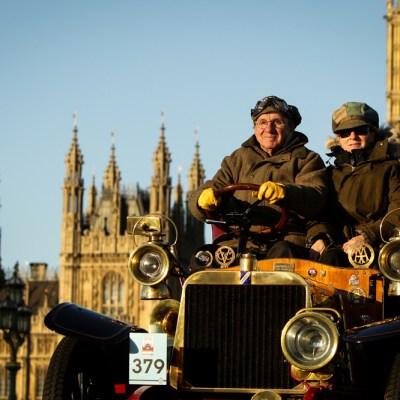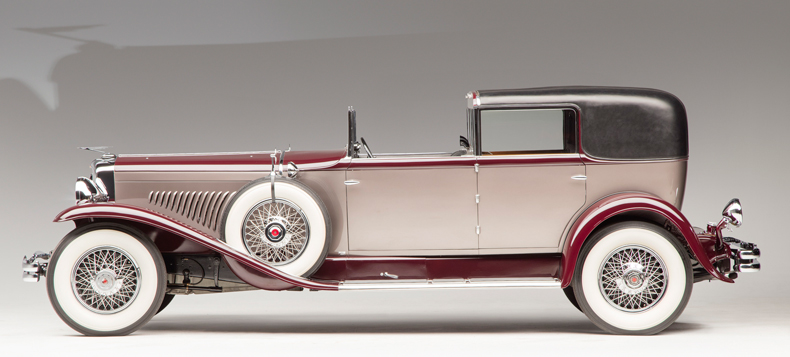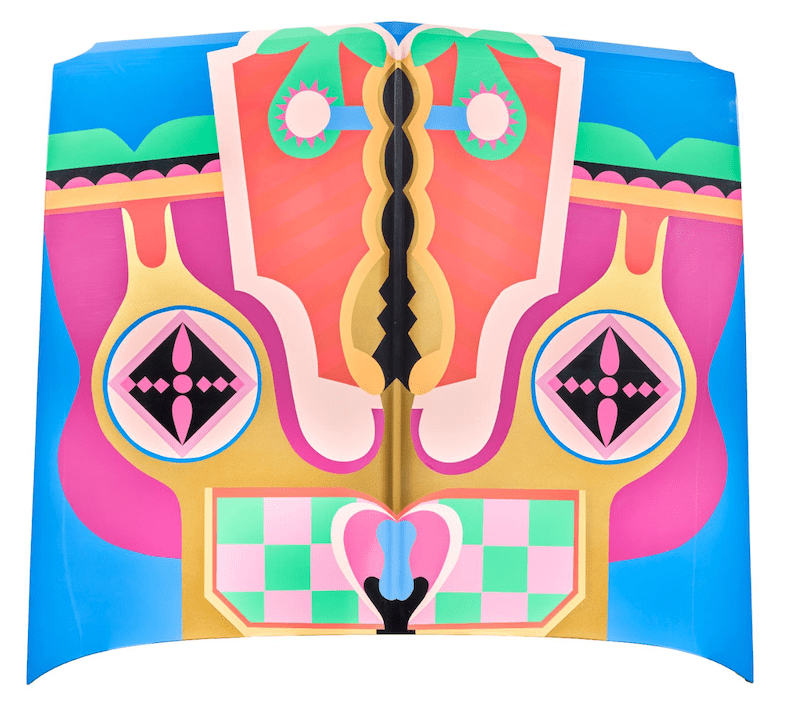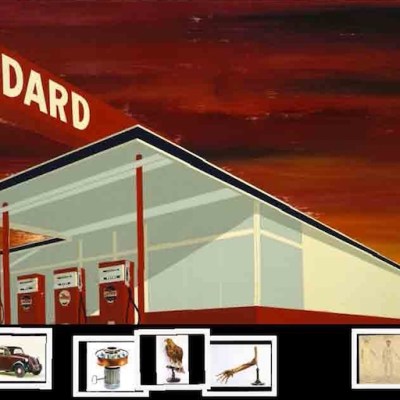
 ‘Four things to see’ is sponsored by Bloomberg Connects, the free arts and culture app. Bloomberg Connects lets you access museums, galleries and cultural spaces around the world on demand. Download the app here to access digital guides and explore a variety of content.
‘Four things to see’ is sponsored by Bloomberg Connects, the free arts and culture app. Bloomberg Connects lets you access museums, galleries and cultural spaces around the world on demand. Download the app here to access digital guides and explore a variety of content.
Each week we bring you four of the most interesting objects from the world’s museums, galleries and art institutions, hand-picked to mark significant moments in the calendar.
On 15 June 180 years ago, the American chemist and engineer Charles Goodyear, who had spent much of his adult life in and out of debtors’ prison on account of his struggling businesses, received some good news: his patent for vulcanised rubber had been approved. Leading to the use of rubber on an industrial scale, his innovation would transform his fortunes, his country and, eventually, the world – not least in its implications for the development of modern vehicles.
From capturing the sleek curves of classic cars to using car parts in installations and as mediums, artists have long been captivated by the allure of automobiles. Join us this week as we take a look in our rear-view mirror to see how artists have incorporated cars and car parts into their work, and examine the significance of these iconic symbols in shaping cultural imagination and reflecting societal values.
1930 Duesenberg Model J Murphy Town Cabriolet. Audrain Automobile Museum, Newport, Rhode Island

1930 Duesenberg Model J Murphy Town Cabriolet
Audrain Automobile Museum, Newport, Rhode Island
Duesenberg cars epitomise wealth, luxury and power; the phrase ‘it’s a doozy’ derives from these celebrated vehicles. Though the Model J was built during the Great Depression and cost more than a Rolls-Royce, plenty of customers were prepared to buy it, including glamorous film stars such as Gary Cooper and Clark Gable. This shining example is on display at the Audrain Automobile Museum along with over 400 other historically significant models. Find out more on the Bloomberg Connects app by clicking here on your mobile device, or by scanning the QR code at the bottom of this page.
Installation view of Bugatti Type 35 (2006) by James Angus. Art Gallery of New South Wales, Sydney. Photo: Martin Berry / Alamy Stock Photo; © James Angus

Bugatti Type 35 (2006), James Angus
Art Gallery of New South Wales, Sydney
James Angus’s sculpture distorts the iconic Bugatti Type 35, tilting it 30 degrees to the right so that this symbol of speed and mechanical innovation tips over, no longer functional, its wheels seemingly elliptical instead of circular. Through this gravitational shift, he transforms a symbol of modern mechanical progress into a visually disorienting artwork, inviting viewers to reconsider a familiar object in a new way. Click here to read more.
Birth Hood (1965–2011), Judy Chicago. De Young Museum, Fine Arts Museums of San Francisco. © Judy Chicago / Artists Rights Society (ARS), New York

Birth Hood (1965–2011), Judy Chicago
De Young Museum, Fine Arts Museums of San Francisco
One of a set of four spray-painted Chevrolet Corvair car hoods, Birth Hood blends spray painting with biomorphic imagery and sexual innuendo. Chicago apprenticed at an autobody workshop to create these artworks, challenging the male-dominated art scene in California. She mastered automotive finishes to achieve clean lines and curves, demonstrating meticulous craftsmanship while foregrounding feminist iconography. Click here to discover more.
Test the Rest (2009), Birgit Kinder. East Side Gallery, Berlin. Photo: Dieter Palm / Alamy Stock Photo; © Stiftung Berliner Mauer

Test the Rest (2009), Birgit Kinder
East Side Gallery, Berlin
Birgit Kinder’s mural, first painted in 1990 and repainted in 2009, captures a Trabant bursting through the Berlin Wall unscathed, symbolising the peaceful revolution that led to the fall of the Socialist Unity Party’s rule. Kinder wanted to create an image that could be instantly understood in passing, and chose the ‘Trabi’, an iconic and much-loved East German car. Click here to find out more.
![]() ‘Four things to see’ is sponsored by Bloomberg Connects, the free arts and culture app. Bloomberg Connects lets you access museums, galleries and cultural spaces around the world on demand. Download the app here to access digital guides and explore a variety of content or scan the QR code.
‘Four things to see’ is sponsored by Bloomberg Connects, the free arts and culture app. Bloomberg Connects lets you access museums, galleries and cultural spaces around the world on demand. Download the app here to access digital guides and explore a variety of content or scan the QR code.


